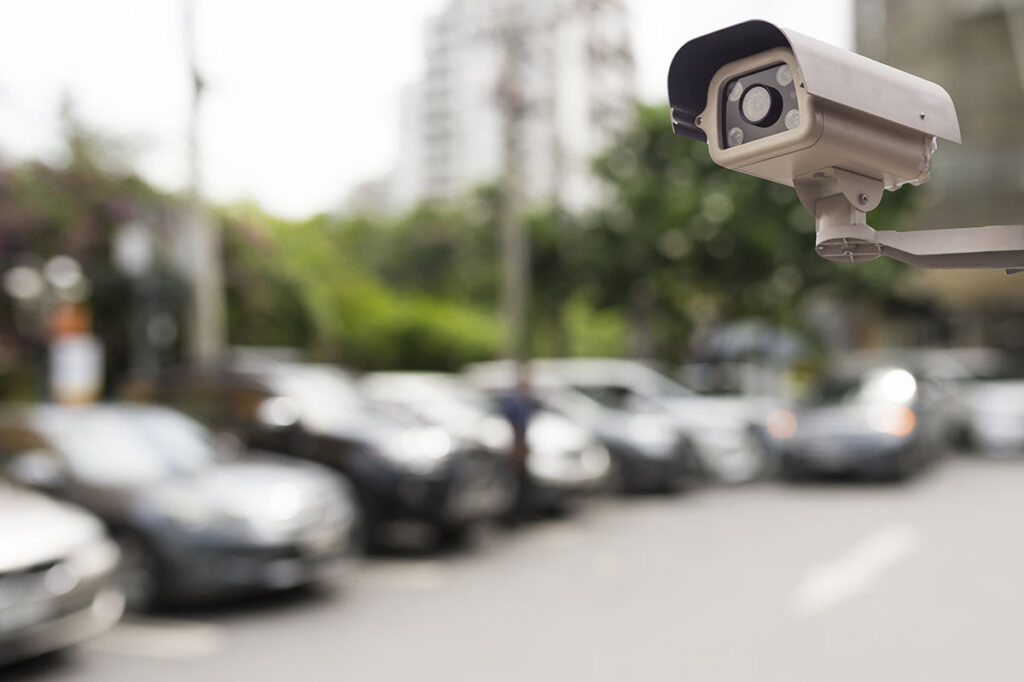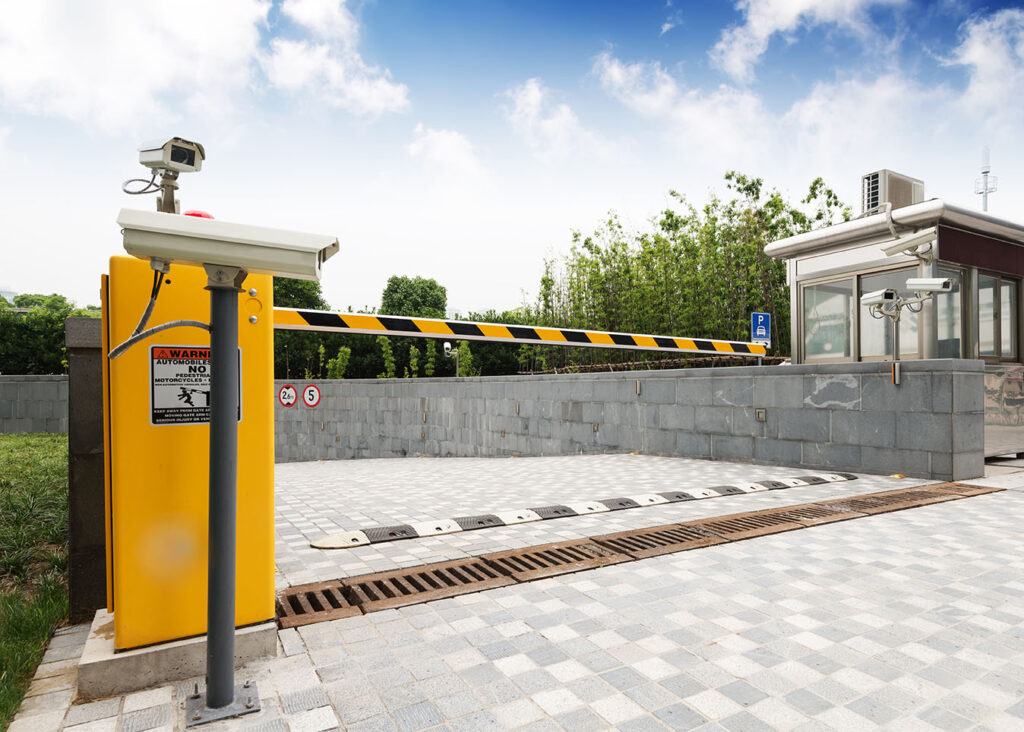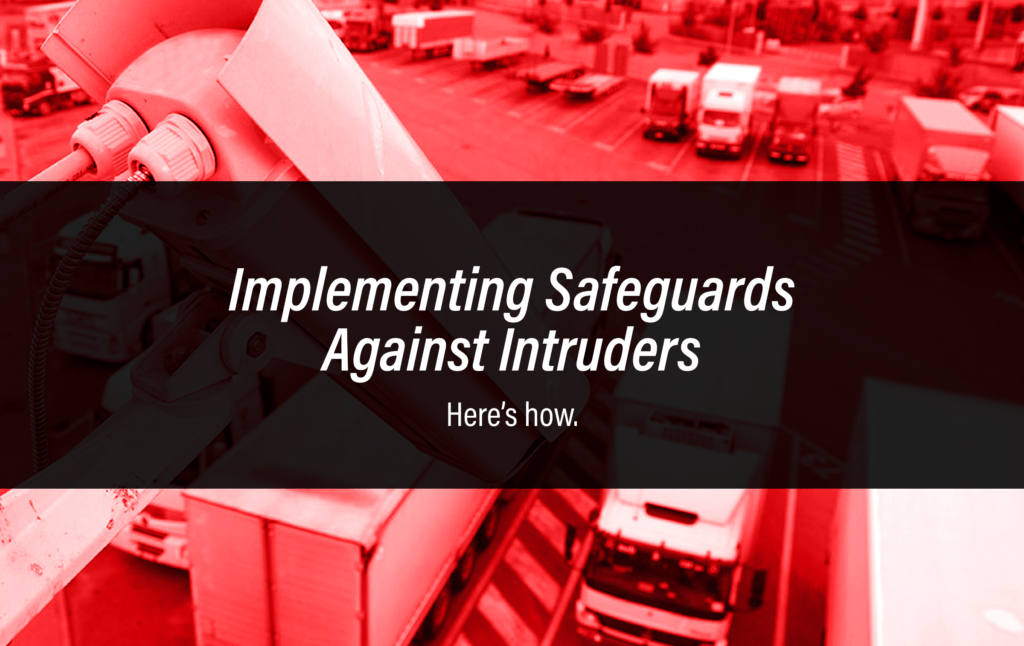Here’s how.
When it comes to your business, you want to make sure that only the people that are supposed to be inside get inside. Don’t worry, we’ve got some tips to help you get the job done.
Concentric Circles
One way to think about your building’s security is to envision the different areas as concentric circles. The outermost circle represents what’s on the outside of your business (think parking lots, entrance roads, street lights). This outermost circle is your first line of defense against intruders.
How to Safeguard the Outside of Your Buildings
1.Use Visible Access Points
Chances are your building has two types of access points: public and private. The public entrance(s) is the one your customers and any visitors should be using, while private entrance(s) are for your employees. Try to make sure that your public access points are easily visible from nearby roads, intersections or walkways. The easier it is to see who’s coming into the building, the less likely an intruder is to use it.
2.Well-Placed Lighting Prevents Intruders
Saying that lighting can help prevent intruders isn’t anything new, but you need to make sure that your lights are in the best possible positions to deter these potential unwanted visitors. When you’re laying out your lighting, make sure that all of your building’s access points are well lit. This helps shine a light (literally) on everyone entering the building and makes it easier to identify people quickly.
3. Security Monitoring with Clear Vantage Points
For most businesses, people aren’t just walking onto the property. They have to drive to get there. So, it’s critical that you have a clear vantage point or clear visual on what vehicles are accessing your lot. This can help you better identify visitors and ensure that only the people that are supposed to be around are there.

How to Safeguard the Inside of Your Buildings
1. Limit the Types of Entrances
A famous poem tells us that walls make for great neighbors. In this case, a limited number of entrances make for great security. When you’re setting up your business’s access points, you want to limit the amount of public entrances that visitors can use. This helps you control the flow of people into the building while also giving you fewer potential weakness points.
2. Sharing Doesn’t Equal Caring
But what about your private entrances? These are primarily the entrances that your employees use and typically require some sort of key fob or access code to use. While these measures are great, they only work if your employees follow some key best practices. The first of which is not sharing their code or key fob with others. It may seem harmless at first, but the more people that have that code/fob, the more potential there is for intruders on the property.
3. Set-Up Two-Factor Authentication
One way to combat the risks that come from sharing is to implement a two-factor authentication system for these private entrances. Adding that extra layer of security helps minimize the amount of sharing that happens when it comes to access information.

How Your Employees Can Help Prevent Intruders
No matter how good of a security system you have in place, a large factor in the effectiveness of it comes down to the people in your building and how you’re running your organization. It’s critical that you stress the importance of following security procedures and help them spot some common intruder tactics such as tailgating – following someone into the building after they’ve entered the access code.
How Security Professionals Can Help Prevent Intruders
We know that all of this information can be overwhelming and there might be some second guessing when you’re installing these security measures on your own. When you work with a professional security company, you can have the confidence that all of the major best practices are being followed and the peace of mind that your system will help prevent any intruder from entering the property.

